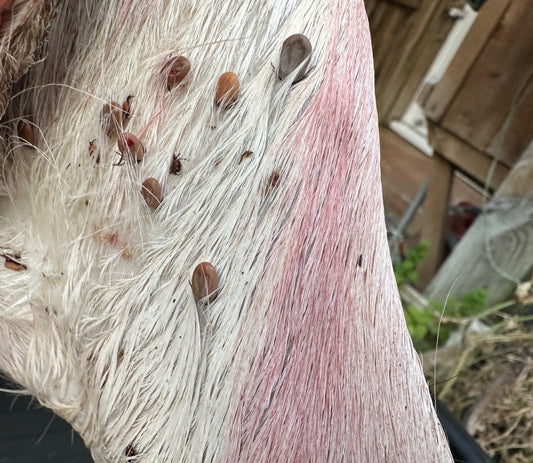In Sussex, with its diverse ecosystems, is home to a significant population of fallow deer, on two neighbouring estates I regularly see two separate herds of over 100. While these creatures add to the rural charm of the county, their growing numbers have brought the necessity of effective management into sharp focus.
A centralised deer management plan presents a compelling solution to oversee the fallow populations, ensuring ecological harmony and the sustainability of local agriculture, but it is often met with significant resistance.
Why Centralisation Matters
Centralised deer management refers to a coordinated approach where a single, overarching plan governs the management of deer populations across Sussex. This unified strategy is critical for several reasons:
Consistency in Practice: A centralised approach ensures consistency in management practices across the county. Without it, individual landowners might implement disparate strategies, leading to inefficiencies and potential conflicts in deer management objectives.
Data-Driven Decisions: A centralised system can collect and analyse data across a broad geographic area, providing a comprehensive understanding of deer population dynamics. This allows for more informed decision-making, based on robust scientific evidence.
Resource Allocation: Centralised management can optimise the allocation of resources, ensuring that efforts are directed where they are most needed. It avoids duplication of effort and ensures that funding and manpower are used effectively.
Disease Control: Managing the spread of diseases is more effective under a centralised plan. It allows for a rapid, coordinated response to any outbreaks, potentially limiting the spread and impact on deer populations and other wildlife.
The Benefits for Fallow Deer Populations
Focusing on fallow deer, a centralised management plan can be tailored to address the specific behaviours and needs of this species. Such a plan would aim to:
- Maintain the health and genetic diversity of the fallow deer population.
- Balance fallow deer numbers with agricultural and forestry needs.
- Protect natural habitats from overgrazing and other negative impacts.
- Coordinate culling efforts to ensure they are ethical, humane, and effective.
Implementation Considerations
The success of a centralised deer management plan hinges on cooperation among various stakeholders, including landowners, farmers, conservationists, and local authorities. It also requires clear guidelines, achievable objectives, and regular monitoring and review.
A centralised deer management plan for overseeing Sussex's fallow populations could provide a strategic and sustainable path forward. It would not only address the immediate challenges associated with deer populations but also ensure the long-term health of Sussex's natural and agricultural landscapes.
The time has come to consider such an approach seriously, one that respects the delicate balance between human activities and the needs of wildlife.




